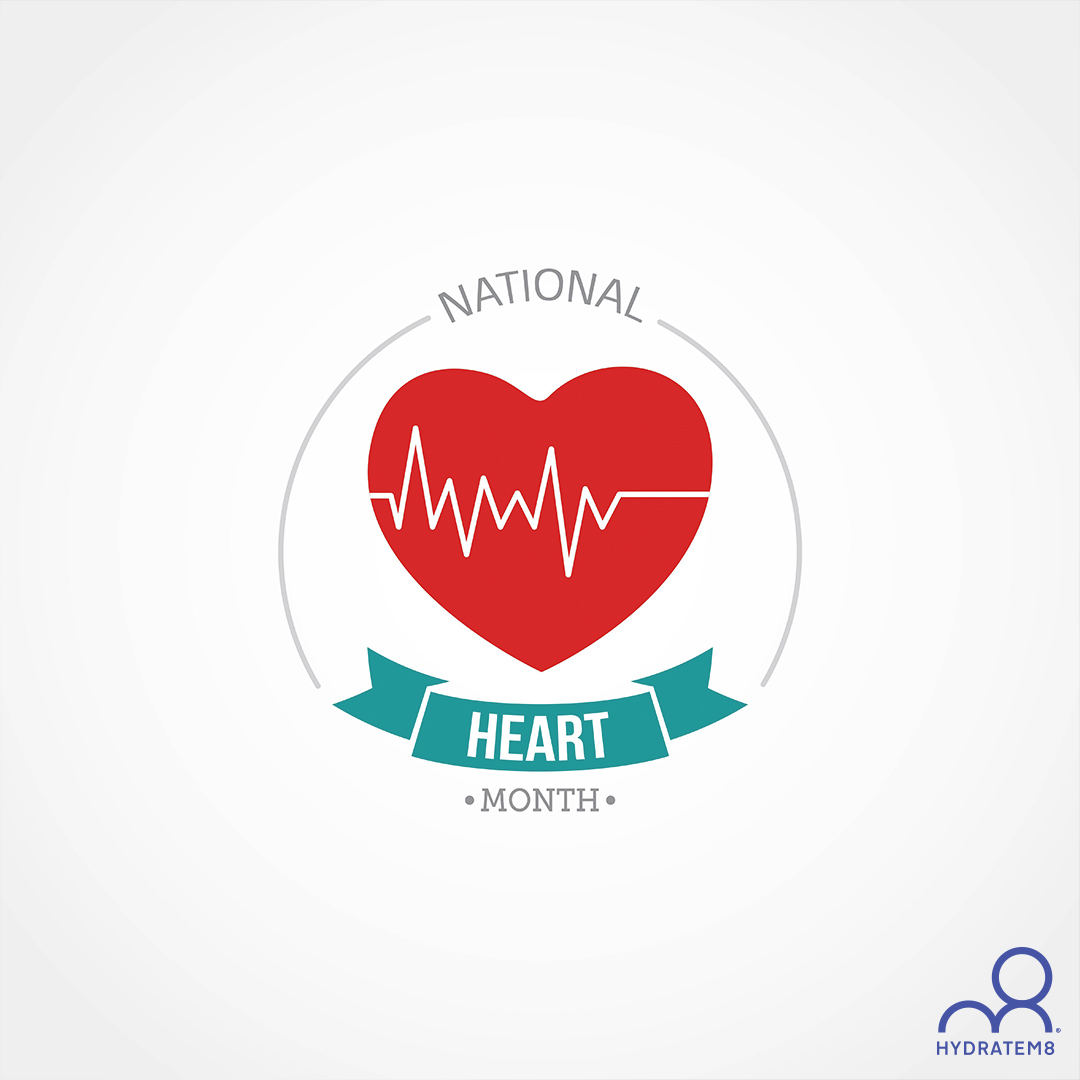What you Need to Know About National Heart Month
Many of us probably take the importance of our heart health for granted. The heart is a special organ, beating on average more than 100,000 times a day. Generally, you can’t feel it beating but you rely on the organ in your chest cavity to help keep you alive.
7 million people in the UK have heart disease
That’s a huge figure and it’s only expected to rise, but the risk of heart disease can often be reduced by making some gentle changes to our lifestyle. Simple things like eating a healthy diet, increasing exercise levels and giving up smoking all go a long way to prevent this deadly disease.
Research has shown that less than 30% of English adults get the recommended five pieces of fruit and veg per day, and one-third of men and almost half of women don’t carry out 150 minutes of exercise per week.
If that’s you, we’ve got some great healthy tips to get you started for national heart month.
What can you do?
There are several things we can all do to reduce the risk of cardiovascular disease. And, it’s probably more straightforward than you think.
Diet
The Mediterranean diet is thought to reduce the risk of heart disease. It is a diet which is high in fruit, vegetables, whole grains, nuts, seeds, fish and extra virgin olive oil. Alongside that, there is a moderate intake of red meat and low-fat dairy products. Water is also a key beverage and fizzy drinks are discouraged.
That doesn’t mean to say you must wholeheartedly follow the diet but incorporating some of the elements could help improve your health.
Physical activity
Exercise is the perfect way to keep your heart healthy. Plus, it has many other benefits your body, including:
· Improve your mood
· Reduce stress and anxiety
· Help you to relax
· Improve your strength and flexibility
· Improve your body shape
· Increase your energy
· Improves bone strength and reduces the risk of osteoporosis
There are many types of activity which increase your exercise levels like dancing, swimming, walking, cycling, and even climbing stairs instead of using a lift.
Everyone should aim to complete at least 150 minutes of moderate-intensity activity. That is, an exercise which increases your temperature, makes you breathe harder and your heartbeat faster. You should also do some activity to improve muscle strength and you don’t have to join the gym. For example:
· Gardening
· Carrying shopping bags
· Yoga
· Climbing the stairs
· Using resistance bands
Smoking
Smoking can reduce the width of your arteries (the blood vessels carrying blood from your heart to the rest of the body), increasing the risk of heart attacks and strokes. Cigarettes contain other poisonous and harmful chemicals like carbon monoxide, tar and nicotine.
Giving up smoking can improve your health almost instantly, for example:
· Your heart rate and blood pressure return to normal 20 minutes after you quit smoking
· Your sense of smell and taste improves 2-3 days after giving up
· After just 1 year, the risk of having a heart attack is halved
Summary
This February give your heart a little love and make some small changes to your lifestyle to reduce your risk of cardiovascular disease. Plus, you’ll feel better for it and, who knows, you could meet new people and feel more energised. Don’t forget to utilise your Hydratem8 tracker bottle, too!

